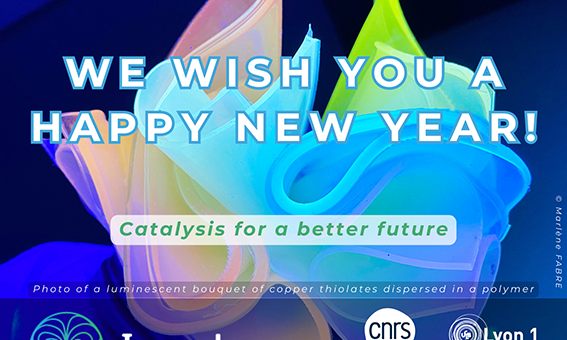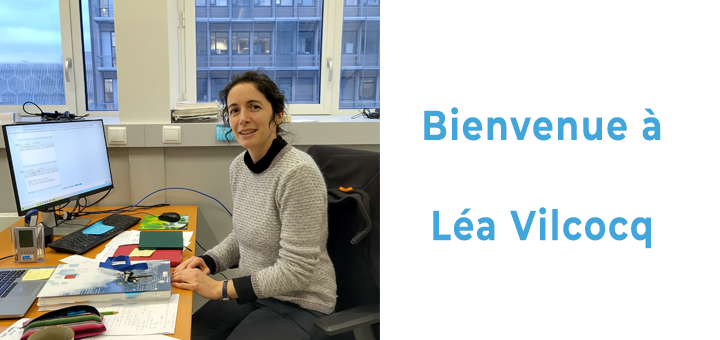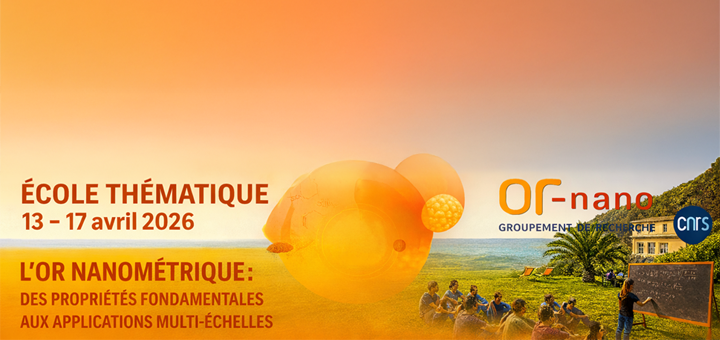Park Y., Kim M., Chan Cho S., Kim D., Kim B., Baik H., Épicier T., Uck Lee S.
Inter‐Sublattice Random Pt(Co,Ni) Alloy Nanoparticle Catalysts for Highly Efficient Oxygen Reduction Reaction (Adv. Energy Mater. 44/2025)
Advanced Energy Materials, 2025, 15(44), pp. -
Cibaka-Ndaya C., Javahiraly N., Jose J., Roiban L.,  Thierry Epicier Chercheur émérite 445 300 (Standard + 33 [0] 472 445 300) P-106 Epicier T., Brioude A.
Thierry Epicier Chercheur émérite 445 300 (Standard + 33 [0] 472 445 300) P-106 Epicier T., Brioude A.
Direct determination of the H2 absorption/desorption mechanism in Pd nanoparticles
INTERNATIONAL JOURNAL OF HYDROGEN ENERGY, 2025, 182, p.
Zhang R., Masenelli-Varlot K.,  Thierry Epicier Chercheur émérite 445 300 (Standard + 33 [0] 472 445 300) P-106 Epicier T., Stauffer D., Chaput F., Joly-Pottuz L.
Thierry Epicier Chercheur émérite 445 300 (Standard + 33 [0] 472 445 300) P-106 Epicier T., Stauffer D., Chaput F., Joly-Pottuz L.
In situ mechanical testing of cerium oxide nanoparticles in atomic-scale Transmission Electron Microscopy (TEM)
MATERIALS TODAY NANO, 2025, 29, p.
Joly-Pottuz L., Zhang R., Albaret T.,  Thierry Epicier Chercheur émérite 445 300 (Standard + 33 [0] 472 445 300) P-106 Epicier T., Jenei I., Cobian M., Stauffer D., Masenelli-Varlot K.
Thierry Epicier Chercheur émérite 445 300 (Standard + 33 [0] 472 445 300) P-106 Epicier T., Jenei I., Cobian M., Stauffer D., Masenelli-Varlot K.
CeOx Elastic Properties: An In Situ Nanocompression Study in Environmental Transmission Electron Microscopy (ETEM)
JOM, 2024, p.
Jeangros Q., Bugnet M.,  Thierry Epicier Chercheur émérite 445 300 (Standard + 33 [0] 472 445 300) P-106 Epicier T., Frantz C., Diethelm S., Montinaro D., Tyukalova E., Pivak Y., Van Herle J., Hessler-Wyser A., Duchamp M.
Thierry Epicier Chercheur émérite 445 300 (Standard + 33 [0] 472 445 300) P-106 Epicier T., Frantz C., Diethelm S., Montinaro D., Tyukalova E., Pivak Y., Van Herle J., Hessler-Wyser A., Duchamp M.
Operando analysis of a solid oxide fuel cell by environmental transmission electron microscopy
NATURE COMMUNICATIONS, 2023, 14(1), p.
Goc F.,  Thierry Epicier Chercheur émérite 445 300 (Standard + 33 [0] 472 445 300) P-106 Epicier T.,
Thierry Epicier Chercheur émérite 445 300 (Standard + 33 [0] 472 445 300) P-106 Epicier T.,  Noemie Perret Chercheur 445 446 (Standard + 33 [0] 472 445 300) P211 Perret N.,
Noemie Perret Chercheur 445 446 (Standard + 33 [0] 472 445 300) P211 Perret N.,  Franck Rataboul Chercheur 445 338 (Standard + 33 [0] 472 445 300) P210 Rataboul F.
Franck Rataboul Chercheur 445 338 (Standard + 33 [0] 472 445 300) P210 Rataboul F.
Preparation of Carbon-Supported Tungsten Carbides: Comparative Determination of Surface Composition and Influence on Cellulose Transformation into Glycols
CHEMCATCHEM, 2023, p.
Lauer A., Hellmann R., Montes-Hernandez G., Findling N., Ling W.,  Thierry Epicier Chercheur émérite 445 300 (Standard + 33 [0] 472 445 300) P-106 Epicier T., Fernandez-Martinez A., Van Driessche A.
Thierry Epicier Chercheur émérite 445 300 (Standard + 33 [0] 472 445 300) P-106 Epicier T., Fernandez-Martinez A., Van Driessche A.
Deciphering strontium sulfate precipitation via Ostwald's rule of stages: From prenucleation clusters to solution-mediated phase tranformation
JOURNAL OF CHEMICAL PHYSICS, 2023, 158(5), p.
Cibaka-Ndaya C., Javahiraly N., Roiban L.,  Thierry Epicier Chercheur émérite 445 300 (Standard + 33 [0] 472 445 300) P-106 Epicier T., Boubiche N., Valette S., Saury A., Brioude A.
Thierry Epicier Chercheur émérite 445 300 (Standard + 33 [0] 472 445 300) P-106 Epicier T., Boubiche N., Valette S., Saury A., Brioude A.
Pd Nanoparticles/Au@SiO2 Core-Shell Nanostructures for Hydrogen Sensing
ACS APPLIED NANO MATERIALS, 2023, p.
Vas J., Cadete Santos Aires F.,  Eric Ehret Enseignant-chercheur 445 374 (Standard + 33 [0] 472 445 300) P1102 Ehret E.,
Eric Ehret Enseignant-chercheur 445 374 (Standard + 33 [0] 472 445 300) P1102 Ehret E.,  Emmanuel Landrivon Personnel technique et administratif 445 384 (Standard + 33 [0] 472 445 300) P112 Landrivon E., Duchamp M.,
Emmanuel Landrivon Personnel technique et administratif 445 384 (Standard + 33 [0] 472 445 300) P112 Landrivon E., Duchamp M.,  Thierry Epicier Chercheur émérite 445 300 (Standard + 33 [0] 472 445 300) P-106 Epicier T.
Thierry Epicier Chercheur émérite 445 300 (Standard + 33 [0] 472 445 300) P-106 Epicier T.
Water Condensation / Evaporation Experiments in ETEM using a Thermoelectric Microcooler
Microscopy and Microanalysis, 2022, 28(S1), pp. 818-819
Pagis C., Laprune D., Roiban L.,  Thierry Epicier Chercheur émérite 445 300 (Standard + 33 [0] 472 445 300) P-106 Epicier T.,
Thierry Epicier Chercheur émérite 445 300 (Standard + 33 [0] 472 445 300) P-106 Epicier T.,  Cecile Daniel Personnel technique et administratif 445 365 (Standard + 33 [0] 472 445 300) P109 Daniel C.,
Cecile Daniel Personnel technique et administratif 445 365 (Standard + 33 [0] 472 445 300) P109 Daniel C.,  Alain Tuel Chercheur 445 395 (Standard + 33 [0] 472 445 300) P408 Tuel A.,
Alain Tuel Chercheur 445 395 (Standard + 33 [0] 472 445 300) P408 Tuel A.,  David Farrusseng Chercheur 445 365 (Standard + 33 [0] 472 445 300) P109 Farrusseng D., Coasne B.
David Farrusseng Chercheur 445 365 (Standard + 33 [0] 472 445 300) P109 Farrusseng D., Coasne B.
Morphology and topology assessment in hierarchical zeolite materials: adsorption hysteresis, scanning behavior, and domain theory
INORGANIC CHEMISTRY FRONTIERS, 2022, 9(12), pp. 2903-2916
Faraz K., Grenier T., Ducottet C.,  Thierry Epicier Chercheur émérite 445 300 (Standard + 33 [0] 472 445 300) P-106 Epicier T.
Thierry Epicier Chercheur émérite 445 300 (Standard + 33 [0] 472 445 300) P-106 Epicier T.
Deep learning detection of nanoparticles and multiple object tracking of their dynamic evolution during in situ ETEM studies
SCIENTIFIC REPORTS, 2022, 12(1), p. 2484
Costa D., Rodrigues M., Roiban L.,  Mimoun Aouine Personnel technique et administratif 445 372 (Standard + 33 [0] 472 445 300) P106 Aouine M.,
Mimoun Aouine Personnel technique et administratif 445 372 (Standard + 33 [0] 472 445 300) P106 Aouine M.,  Thierry Epicier Chercheur émérite 445 300 (Standard + 33 [0] 472 445 300) P-106 Epicier T., Steyer P., Alves E., Barradas N., Borges J., Vaz F.
Thierry Epicier Chercheur émérite 445 300 (Standard + 33 [0] 472 445 300) P-106 Epicier T., Steyer P., Alves E., Barradas N., Borges J., Vaz F.
In-situ annealing transmission electron microscopy of plasmonic thin films composed of bimetallic Au-Ag nanoparticles dispersed in a TiO2 matrix
VACUUM, 2021, 193, p.
Yuan H., Van De Moortele B.,  Thierry Epicier Chercheur émérite 445 300 (Standard + 33 [0] 472 445 300) P-106 Epicier T.
Thierry Epicier Chercheur émérite 445 300 (Standard + 33 [0] 472 445 300) P-106 Epicier T.
Accurate post-mortem alignment for Focused Ion Beam and Scanning Electron Microscopy (FIB-SEM) tomography
ULTRAMICROSCOPY, 2021, 228, p.
Ferre G.,  Mimoun Aouine Technical and administrative staff 445 372 (Switchboard + 33 [0] 472 445 300) P106 Aouine M., Bosselet F., Burel L.,
Mimoun Aouine Technical and administrative staff 445 372 (Switchboard + 33 [0] 472 445 300) P106 Aouine M., Bosselet F., Burel L.,  Francisco Aires Researcher 445 303 (Switchboard + 33 [0] 472 445 300) P1100 Aires F.,
Francisco Aires Researcher 445 303 (Switchboard + 33 [0] 472 445 300) P1100 Aires F.,  Christophe Geantet Researcher 445 336 (Switchboard + 33 [0] 472 445 300) P207 Geantet C., Ntais S., Maurer F., Casapu M., Grunwaldt J.,
Christophe Geantet Researcher 445 336 (Switchboard + 33 [0] 472 445 300) P207 Geantet C., Ntais S., Maurer F., Casapu M., Grunwaldt J.,  Thierry Epicier Emeritus researcher 445 300 (Switchboard + 33 [0] 472 445 300) P-106 Epicier T.,
Thierry Epicier Emeritus researcher 445 300 (Switchboard + 33 [0] 472 445 300) P-106 Epicier T.,  Stephane Loridant Researcher 445 334 (Switchboard + 33 [0] 472 445 300) P311 Loridant S.,
Stephane Loridant Researcher 445 334 (Switchboard + 33 [0] 472 445 300) P311 Loridant S.,  Philippe Vernoux Researcher 431 587 (Switchboard + 33 [0] 472 445 300) C15.009 Vernoux P.
Philippe Vernoux Researcher 431 587 (Switchboard + 33 [0] 472 445 300) C15.009 Vernoux P.
Exploiting the dynamic properties of Pt on ceria for low-temperature CO oxidation
Catalysis science & technology, 2020, 10, pp. 3904-3917
Monpezat A., Topin S., Thomas V., Pagis C.,  Mimoun Aouine Personnel technique et administratif 445 372 (Standard + 33 [0] 472 445 300) P106 Aouine M., Burel L.,
Mimoun Aouine Personnel technique et administratif 445 372 (Standard + 33 [0] 472 445 300) P106 Aouine M., Burel L.,  Luis Cardenas Chercheur 445 314 (Standard + 33 [0] 472 445 300) P205 Cardenas L.,
Luis Cardenas Chercheur 445 314 (Standard + 33 [0] 472 445 300) P205 Cardenas L.,  Alain Tuel Chercheur 445 395 (Standard + 33 [0] 472 445 300) P408 Tuel A., Malchere A.,
Alain Tuel Chercheur 445 395 (Standard + 33 [0] 472 445 300) P408 Tuel A., Malchere A.,  Thierry Epicier Chercheur émérite 445 300 (Standard + 33 [0] 472 445 300) P-106 Epicier T.,
Thierry Epicier Chercheur émérite 445 300 (Standard + 33 [0] 472 445 300) P-106 Epicier T.,  David Farrusseng Chercheur 445 365 (Standard + 33 [0] 472 445 300) P109 Farrusseng D., Roiban L.
David Farrusseng Chercheur 445 365 (Standard + 33 [0] 472 445 300) P109 Farrusseng D., Roiban L.
Migration and Growth of Silver Nanoparticles in Zeolite Socony Mobil 5 (ZSM-5) Observed by Environmental Electron Microscopy: Implications for Heterogeneous Catalysis
Acs applied nano materials, 2019, 2, pp. 6452-6461
Prates A., Pagis C.,  Frederic Meunier Chercheur 445 468 (Standard + 33 [0] 472 445 300) C13.009 Meunier F., Burel L.,
Frederic Meunier Chercheur 445 468 (Standard + 33 [0] 472 445 300) C13.009 Meunier F., Burel L.,  Thierry Epicier Chercheur émérite 445 300 (Standard + 33 [0] 472 445 300) P-106 Epicier T., Roiban L., Koneti S., Bats N.,
Thierry Epicier Chercheur émérite 445 300 (Standard + 33 [0] 472 445 300) P-106 Epicier T., Roiban L., Koneti S., Bats N.,  David Farrusseng Chercheur 445 365 (Standard + 33 [0] 472 445 300) P109 Farrusseng D., Tuelt A.
David Farrusseng Chercheur 445 365 (Standard + 33 [0] 472 445 300) P109 Farrusseng D., Tuelt A.
Hollow Beta Zeolite Single Crystals for the Design of Selective Catalysts
Crystal growth & design, 2018, 18, pp. 592-596
 Thierry Epicier Chercheur émérite 445 300 (Standard + 33 [0] 472 445 300) P-106 Epicier T.,
Thierry Epicier Chercheur émérite 445 300 (Standard + 33 [0] 472 445 300) P-106 Epicier T.,  Mimoun Aouine Personnel technique et administratif 445 372 (Standard + 33 [0] 472 445 300) P106 Aouine M., Thi Thao Nguyen ?., Millet J. M. M.
Mimoun Aouine Personnel technique et administratif 445 372 (Standard + 33 [0] 472 445 300) P106 Aouine M., Thi Thao Nguyen ?., Millet J. M. M.
Spatial Distribution of the Vanadium Atomic Species in MoVTeO and MoVTeNbO Oxide Catalysts as Revealed by High-Angle Annular Dark-Field Scanning Transmission Electron Microscopy
CHEMCATCHEM, 2017, 9(18), pp. 3526-3533
Roiban L., Koneti S., Wada T., Kato H., Aires Fjcs, Curelea S.,  Thierry Epicier Chercheur émérite 445 300 (Standard + 33 [0] 472 445 300) P-106 Epicier T., Maire E.
Thierry Epicier Chercheur émérite 445 300 (Standard + 33 [0] 472 445 300) P-106 Epicier T., Maire E.
Three dimensional analysis of nanoporous silicon particles for Li-ion batteries
Materials Characterization, 2017, 124, pp. 165-170
 Mimoun Aouine Personnel technique et administratif 445 372 (Standard + 33 [0] 472 445 300) P106 Aouine M.,
Mimoun Aouine Personnel technique et administratif 445 372 (Standard + 33 [0] 472 445 300) P106 Aouine M.,  Thierry Epicier Chercheur émérite 445 300 (Standard + 33 [0] 472 445 300) P-106 Epicier T., Millet J. M. M.
Thierry Epicier Chercheur émérite 445 300 (Standard + 33 [0] 472 445 300) P-106 Epicier T., Millet J. M. M.
In Situ Environmental STEM Study of the MoVTe Oxide M1 Phase Catalysts for Ethane Oxidative Dehydrogenation
ACS Catalysis, 2016, 6, pp. 4775-4781

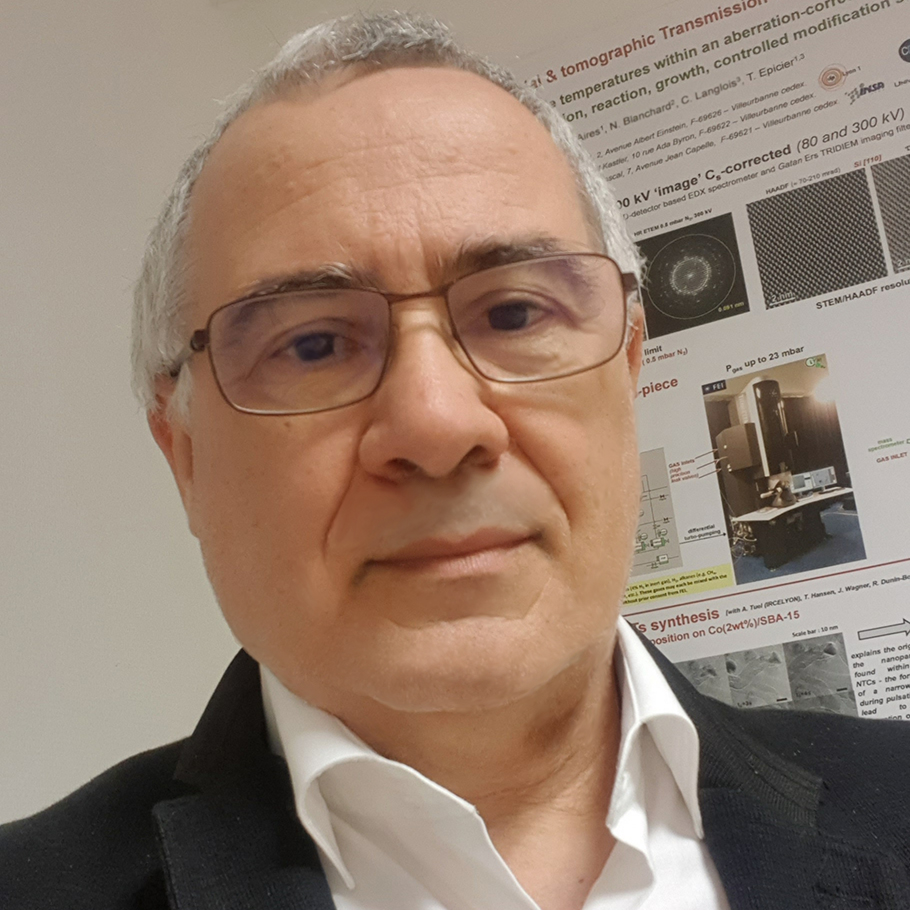
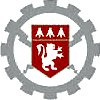

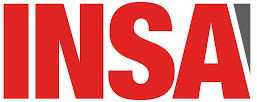




.png)
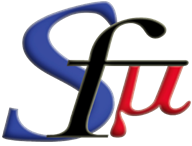

.png)

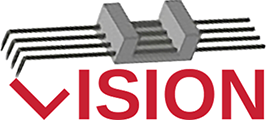

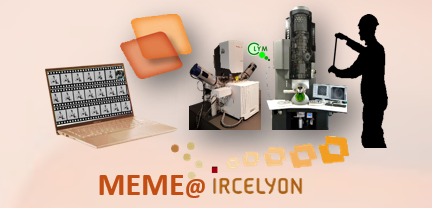

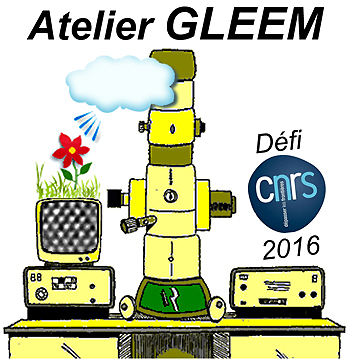
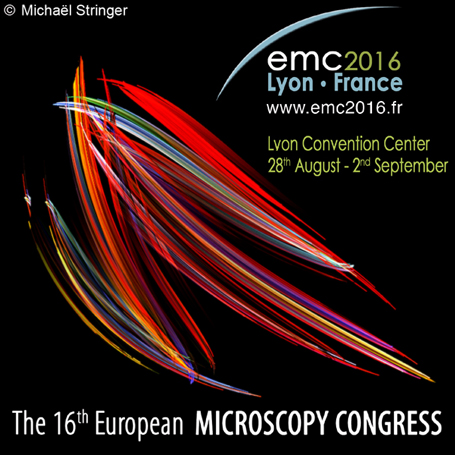






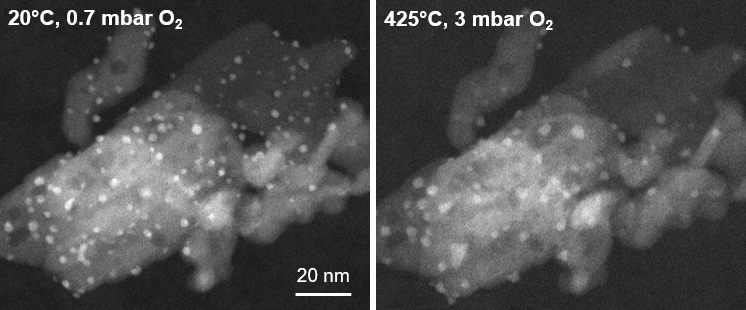
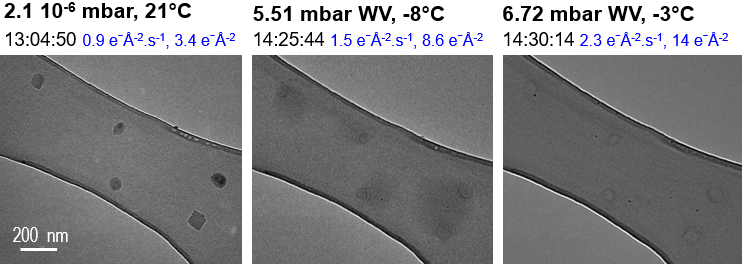
.png)




















